Homi Wadia

Subscribe to read full article
This section is for paid subscribers only. Our subscription is only $37/- for one full year.
You get unlimited access to all paid section and features on the website with this subscription.
Not ready for a full subscription?
You can access this article for $2 , and have it saved to your account for one year.
- Real Name: Homi Boman Wadia
- Born: 22 May 1911 (Surat)
- Died: 10 December 2004 (Mumbai)
- Primary Cinema: Hindi
- Spouse: Fearless Nadia
Homi Wadia, master of the stunt film genre, is one of the most significant directors of Indian cinema history. He was born in the Wadia family who were shipbuilders by trade, on 22 May, 1911. In 1929 he joined the Devare Film Laboratory as a laboratory worker. Destiny soon called him elsewhere, and he joined his elder brother J.B.H. Wadia at Young United Players as a cameraman. They shared a love for the Douglas Fairbanks style stunt spectacle. When Yeshwant Dave displayed his acrobatic skills to them one day, they conceived of a remake of The Mark of Zorro (1920). The remake, which was called Diler Daku (1931), was directed, photographed and edited by Homi Wadia. It was later sold to the British India Corporation for a profit.
The foundation of Wadia Movietone in 1933 would prove to be a significant moment in India cinema history. The two brothers set up the studio with the financial support of Manchersa B. Bilimoria and Burjor and Nadirsha Tata. This partnership did not last long. Within three years, both Manchersa and Nadirsha parted ways with the studio. The studio was set up at Lovji Castle, the mansion of their great grandfather Lovji Nusserwanjee Wadia. Their company logo was a ship, in honour of their family legacy. This would become the seat of the evolution of the stunt film genre in Hindi cinema. Their films were often inspired by the theatricality of the Parsi stage and stories from the Arabian Nights. Homi was initially the cameraman but soon became the chief director and editor of the studio. He was the cameraman of the influential sound film Lal-e-Yaman (1933), which also featured Nadia as one of the chorus girls. Nadia’s destiny would soon become entwined with the success of the studio. In 1935 Homi Wadia directed Hunterwali (1935) which was a huge hit and established Nadia’s popular masked vigilante persona. Emphasising death-defying stunts, the studio found a great blueprint of success in these films. Miss Frontier Mail (1936) would feature Nadia’s iconic fight above the railway carriage, becoming her most famous ‘train film’. Hits like Diamond Queen (1940) and Jungle Princess (1942) followed. Tarzan -inspired wild jungles, masked vigilantes and Arabian Nights stories would mingle in the fantastic Wadia universe. During this time Homi Wadia would also make the first Sindhi film Ekta (1942).
In 1942, following a disagreement with J.B.H. Wadia over the thematic content of their films, Homi Wadia split from Wadia Movietone to establish Basant Pictures. J.B.H. Wadia wished to make films based on social themes, while Homi Wadia wanted to continue the stunt film tradition. Wadia Movietone was sold to V. Shantaram, but its filmmaking legacy continued in Basant Pictures. In Basant Pictures (which later became a studio in 1947) Homi Wadia also made a number of mythologicals such as Shri Ram Bhakta Hanuman (1948), Shri Ganesh Mahima (1950) and Hanuman Pataal Vijay (1951). He would make the first of the Tarzan- inspired Zimbo trilogy in 1958. 1956’s Hatim Tai was made in Gevacolor under the same banner and became a big success.
It is impossible to think of Homi Wadia’s career without mentioning the number of influential artistes who worked with him. Nadia, Boman Shroff, John Cawas and Sayani are all significant names in the history of the stunt film and featured regularly in his films. The maestro of illusions, Babubhai Mistry was instrumental in establishing Basant Pictures. His astounding special effects became a major attraction for their films. Nanabhai Bhatt also worked for a short time for Basant Pictures in his early career. Together they established an identity for the B-film and ensured its continued popularity.
Homi Wadia married Nadia in 1961. In 1981, after a labour dispute, he sold Basant Pictures and retired from filmmaking. He passed away on 10th December, 2004 at 93 years of age.
-
Filmography (29)
SortRole
-

Toofan Aur Bijlee 1976
-

Khilari 1968
-

Char Dervesh 1964
-

Zimbo 1958
-

Hatimtai 1956
-
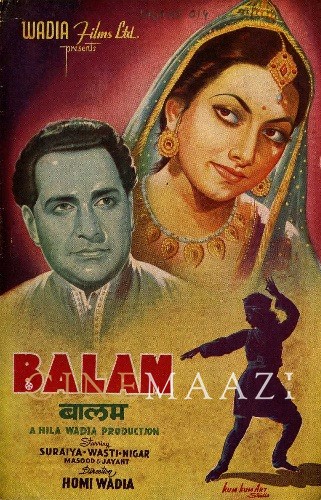
Balam 1949
-
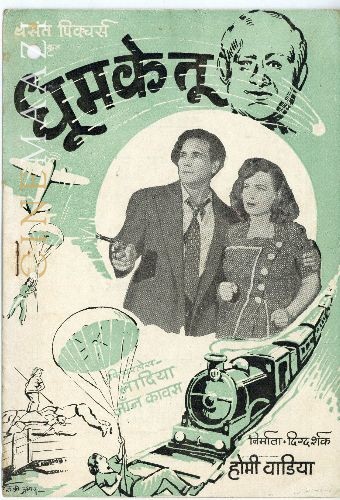
Dhoomketu 1949
-

11 O' Clock 1948
-






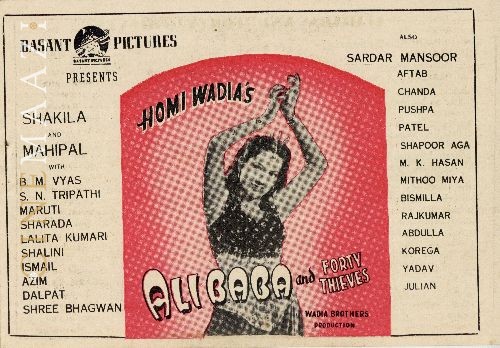
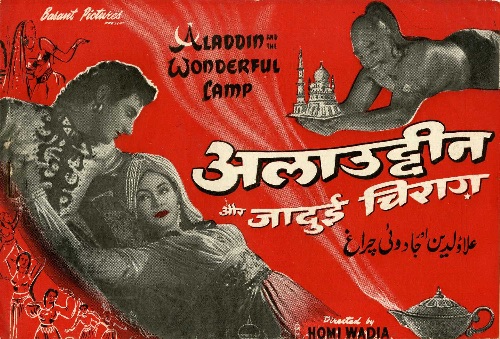

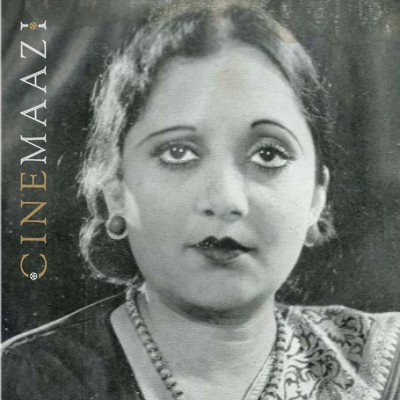

.jpg)



